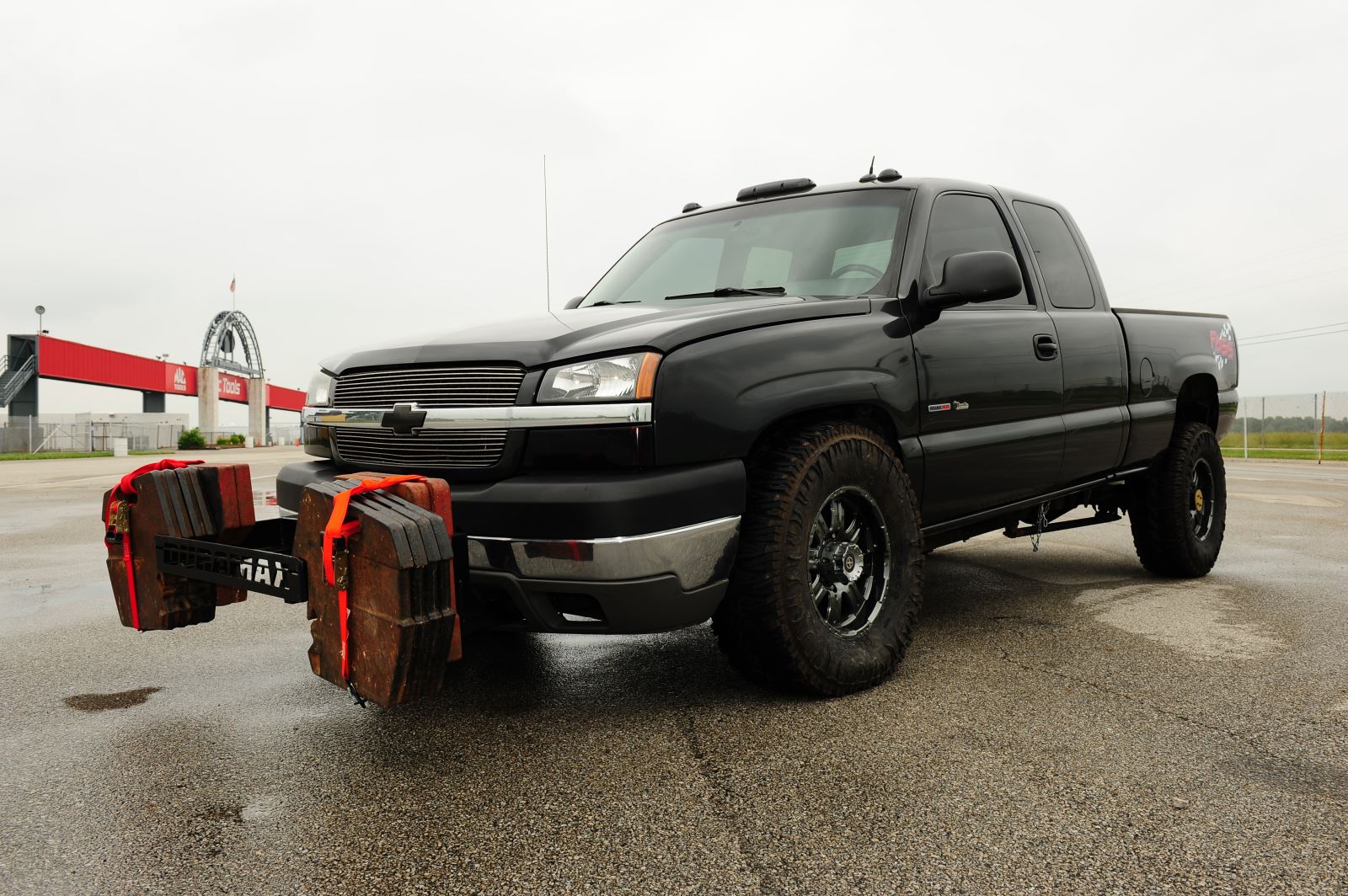
Jumping To 750 Horsepower
This is the point of no return for LB7s. How the tuner programmed the vehicle and how the owner operates the vehicle will determine if the rods can support 750 horsepower and for how long. According to most people, you should change the rods if you want to hit 750 horsepower and above, though it’s probably safer to do it around 700hp.
While you’re elbow-deep in the motor, there are a few other components you should look at upgrading as well. First up are the pistons, which are connected to the rods. There are many good aftermarket pistons and each has its strengths and weaknesses. Make sure to discuss your objectives with each manufacturer and see what they would recommend for your project. When it comes to compression, they will leave it up to you and your engine builder. Some people like to lower the compression of high horsepower engines, but the ratios can vary pretty wildly, from a range of 12:1 to 14:1 to a much lower range of 15:1 to 16.5:1. Preferences have changed over the years, so get an opinion from someone you trust on how to best optimize your engine’s performance.
Once your pistons and rods have been chosen, the next major item to think about is the camshaft. The factory cam will work in a 750 horsepower application, but there are few better times to think about sending the cam out and having a regrind done. This will be especially important if you keep going and try to reach higher horsepower goals later.
While the cam helps valve lift, porting and polishing the cylinder heads can help reduce boost pressure, increase flow, and reduce EGTs, which all equate to higher horsepower.
When reassembling the engine, make sure you add head studs, because with this much power, the cylinders are experiencing tremendous pressures and without sufficient clamping, the heads will lift. Helping add to that lift is the amount of fuel. At 750 horsepower, upgrading to 20- or 30-percent-over injectors is necessary. It’s important anytime you deal with aftermarket injectors—but especially with Duramax injectors—to have them balanced any time you upgrade or change the sizes.
Feeding the injectors a modified CP3 or twin CP3s is absolutely necessary. Combining this setup with a good lift pump will provide for a bulletproof setup and ensure that the truck won’t fall on its face or die three-quarters of the way down the track.
Having more fuel also means that you’ll need more air. A well-designed 2.6 aftermarket turbocharger can get you to 750 horsepower, but at that level, driveability does suffer with a single turbo. Adding a stout twin setup will yield a better all-around driver.